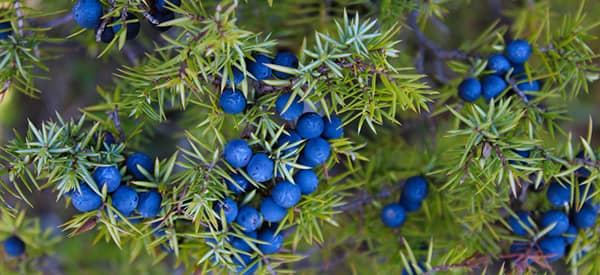
Juniper
Juniper (Juniperus communis), often referred to as Juniper berry, is interestingly not a berry. It is a member of the Cupressaceae family or cypress family. Its fruit is actually its tiny pine cones growing out of the Juniper bush. Juniper is mostly used in the production of gin that evolved from the traditional Dutch juniper-flavored spirit Jenever.
While the “berries” are prized for their drink-related use, they also have a valuable use in medicine, aromatherapy, and perfumery. In Europe, juniper is often used as spice or seasoning, especially for game meat dishes. In most gardens, juniper is commonly planted as a decorative plant, topiary, or bonsai.
Before juniper became famous in gin production, it had a long history in culinary and medicinal uses. It was used in ancient Egypt for treating tapeworm and Romans used it to aid in digestion. Ground juniper berries are added to cakes and game dishes as a flavoring. During medieval times, Scotland began to use juniper to flavor their whisky. Folk medicine explored the berries’ uses as a cure-all for many disorders like typhoid and cholera.
Where Juniper Is Found
Juniper is indigenous to the northern hemisphere and thrives even as far up as the Himalayas. It is widely distributed throughout the United States. Juniper is also predominant in Europe and the temperate region of Northern Asia.
⇒ The Complete Map of Edible Plants: Find Out What You Have in Your Area! (Video)
How To Identify Juniper
Junipers vary in size and can grow as small plants, low shrubs, or small trees. As a conifer, it has small, needle-like and fragrant leaves.
Leaves. Juniper is a needled evergreen with tiny narrowly-lanced and scale-like leaves. They are whitish-silver on the top portion of the plant and get darker as it moves downward. They are arranged in whorls, or equally spaced leaves of three, and are tightly crowded on the twig.
Flowers. Juniper is a conifer and does not bear flowers.
Fruit and Seeds. The fruit of the juniper is globose or berry-like. Female cones are green when young and turn red to a bluish-black as the fruit matures. Each of the berry cones has three fused scales, each one containing a small seed. Male cones are yellowish in color and are attached to the plant with a stalk.
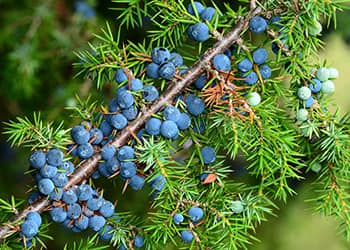 Stem. Juniper is woody with multiple stems and extensive branching. It can grow up to 10 ft and is covered with scaly, thin, and fibrous reddish-brown bark.
Stem. Juniper is woody with multiple stems and extensive branching. It can grow up to 10 ft and is covered with scaly, thin, and fibrous reddish-brown bark.
Roots. Junipers have very deep tap roots with a mat of fibrous or lateral roots on the surface. It helps them become very well adapted to the dry season. The tap root can reach up to 25 ft into the soil and the lateral roots can spread up to 100 ft from the tree.
Juniperus communis is one of the many genera and species of the Cupressaceae family. Although some plants grow into small trees, it is officially classified as shrub. It is known as Common Juniper, Baccae juniperi, mountain berry, Melmot berry, or genievre.
⇒ The Berry That Is Illegal To Grow (In Some States), But Perfectly Fine To Forage (Video)
There are wide varieties and subspecies of juniper and some might be toxic. Each variety is specific to different areas such as:
- communis which is native to Europe
- communis var. depressa in North America
- communis var. hemisphaerica thrives in the Mediterranean
- communis var. nipponica in Japan
How To Grow Juniper
Junipers grow in a wide variety of environments and they are cultivated for their ornamental value. Its low-maintenance, easy-to-shape foliage makes it a popular choice for making bonsai.
The most common way of propagating juniper is through its cutting and air layering.
It is also possible to grow it from seedlings but its germination is unreliable. If the seed does germinate, it will take long years before it is ready for transplanting. Thus, the easiest way is to grow the plant through its cuttings.
Growing Juniper From Cuttings
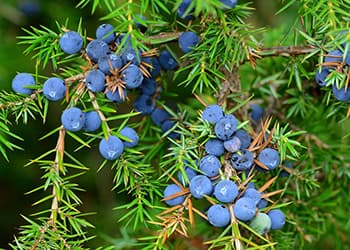 Juniper is a popular plant that may be available anywhere. If it is present in your locality, the best way of propagating it is through its cuttings.
Juniper is a popular plant that may be available anywhere. If it is present in your locality, the best way of propagating it is through its cuttings.
The best time for cutting juniper is in early to mid-spring. Choose a hardwood branch that is at least one-fourth inch in diameter and take about 6 to 8 inches of it.
Cut the bottom at a 45-degree angle and remove the leaves from the bottom half. You may dip the cuttings in a rooting hormone, but it is not necessary.
Mix one-part sand with three parts of seed-starting soil and add an equal amount of perlite or vermiculite into it. Plant the cuttings at least two inches deep and place the pot in a bright area with indirect sunlight. Keep the soil moist but not soggy until the roots develop.
Roots may develop after three months and you can check by tugging on the plant. If you feel resistance, the root has already formed. Harden the plant for four more weeks in a shady area. Expose the pot to direct sunlight for at least 30 minutes on the first day. Add 30 more minutes of exposure each day until it can sit in the sun for a whole day.
Overwinter the plant in a protected area and cover it with insulating foam. Allow the plant to grow about a foot tall and wait until fall to transfer it to its permanent location.
Growing Juniper From Seeds
Successful germination of juniper seeds requires a long process of pre-treatment. But if the plant is not available in your locality, it may be the only possible option.
The first step in growing juniper seeds is stratifying them. Soak the seeds in water that matches the room temperature for 48 hours. Place the seeds in a mixture of soil and peat compost and a bottom sand layer with drainage stones.
Leave the tray outside for three months and in the freezer for the next three months.
Sow the seeds in early spring when the sun is already warming. Use clear peat-based soil and space the seeds an inch apart and cover it lightly with soil.
Lightly water it through a sprayer and cover the pot with a transparent lid in the greenhouse until it germinates. Transplant the seedlings after more than one year of sowing, when they are already established. Here’s How to get your own Independent Source of Water.
Plant Care and Maintenance
Generally, a growing juniper bush only needs the following favorable conditions to grow well:
- Full sunlight to partial shade
- Chalky and loamy soil with adequate drainage
- Watering only when the soil dried out
- Regular weed control
- Fungicide for pest infestation
Juniper hardly needs pruning unless you are growing them as a topiary. But you may remove unsightly, bare, and diseased branches to encourage its lush growth.
How To Harvest Juniper
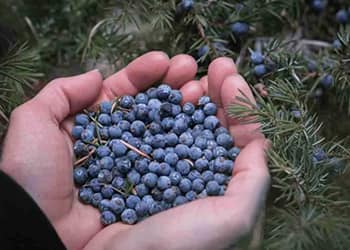 During springtime, the juniper will grow its spherical cone which will take about 2 to 3 years to mature. Juniper berries are only useful when ripe and therefore harvested at the right time.
During springtime, the juniper will grow its spherical cone which will take about 2 to 3 years to mature. Juniper berries are only useful when ripe and therefore harvested at the right time.
Ripe juniper berries have a deep purplish-blue color with a waxy appearance. Each plant will produce fruits with different maturity and do not ripen at once, so make sure to harvest only the ripe juniper.
Fresh berries are ideal for making gin as dried ones have inferior flavor. But if you want to make the berries last longer, you can dry them out for future use.
You can store fresh juniper berries in a container, filling it halfway to provide airflow. Cover it with a lid with a few poked holes to allow the air inside.
If you want to dry juniper berries, wash and dry them in the dehydrator or oven with the lowest setting. Put them in a sealed container in a cool place away from direct sunlight.
What Juniper Is Good For And Natural Remedies Made From It
Juniper is a subject of only a few scientific research for its health benefits. But its traditional applications suggest varied uses because of its medicinal property.
In ayurvedic medicine, juniper is used as a pain relief for arthritis, rheumatism, and gout. It is an excellent herb for relieving edema and problems in fluid retention.
Junipers also possess a potent antibacterial property for treating microbial infections. Along with its diuretic property, juniper treats urinary tract infections and flushes out bacteria.
⇒ How to Recognize an UTI and What to Do Next (Video)
The extract and oil of juniper help cure many skin problems like athlete’s foot, eczema, acne, and dandruff. Its antiseptic property is useful in treating wounds and preventing infections.
Juniper is a bitter herb that can aid and support digestion. Bitter herbs like juniper boost the production of saliva, digestive enzymes, and stomach acid. These are useful in regulating digestion and preventing heartburn and gas buildup in the body.
By improving gut health, juniper is effective in improving appetite and may cure anorexia.
Juniper berry also contains antioxidants that relieve oxidative stress. It prevents many kinds of diseases and can prevent and treat cancer and heart diseases. It can lower blood pressure and manage triglycerides to improve the heart’s function.
Essential oil from juniper is known to improve mental health and relieve mental stress. It is also an effective relaxant for achieving restful sleep and providing a positive impact on brain chemistry.
Traditionally, juniper is used for respiratory problems, like asthma, bronchitis, and cough among others. It can also cure sinusitis and colds.
In women, juniper may help manage menstrual problems and relieve menstrual cramps.
In summary, the health benefits and healing properties of juniper can cure the following health conditions:
- Edema

- Urinary tract infection and bladder problems
- Skin problems
- Mental health issues
- Respiratory ailments
- Digestive problems
- Tooth and gum problems
- Joint and muscle pain
- Heartburn
- Anorexia
- Menstrual problems
- Cancer
- Diabetes
- Heart problems
- Snake bites
What Parts Of Juniper Are Used For Remedies
The berries, seeds, and twigs of juniper are often consumed as a traditional herbal remedy. The female cone or berry may be eaten raw, but only rarely because of its bitter taste. For medicinal preparations, it is often mixed with food and drinks.
Dried juniper seeds are a good substitute for coffee when roasted.
As an herbal remedy, its main preparation is often as tea, tincture, essential oil, or capsule. Among them, the most potent form of juniper is its tincture form.
A couple of drops of juniper tincture in boiling water, combined with other essential oils make an excellent blend for aromatherapy. It may also be heated and used for massaging tired muscles and lightening age spots.
Vegetarian Juniper Berry Gravy
Ingredients
- 5 dried juniper berries
- 15 peppercorns
- 2 tbsp butter
- 4 tbsp flour
- 4 cups vegetable stock
- 1 tsp tomato ketchup
- 2 bay leaves
- 1 tsp dried thyme
- Salt to taste
Steps
- Combine juniper berries and peppercorns and ground them coarsely.

- In a frying pan with medium heat, melt butter and stir in flour to a grainy mixture until golden brown.

- Add the ground juniper and peppercorns to the vegetable stock. Slowly whisk the mixture into the frying pan, mixing thoroughly. Stir in tomato sauce, bay leaves, and thyme, and season with salt. Turn the heat to medium-high and cook until the gravy thickens, about 5 to 7 minutes.

- Strain through a sieve into the jug to remove lumps.

How To Use This Remedy
This full-flavored healthy gravy is ideal for steamed vegetables or mashed potatoes. It also pairs well with game meats and turkey.
⇒ 100 Foods That Last 10+ Years (Video)
If desired, you can substitute vegetable stock with beef or chicken stock for your flavor of choice.
What Plants Resemble Juniper
| Features | Juniper (Juniperus communis) | Mediterranean Cypress (Cupressus sempervirens) | Arborvitae (Thuja occidentalis) |
|---|---|---|---|
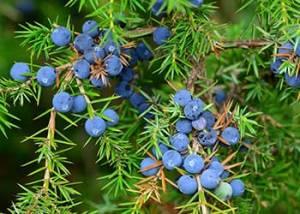 | 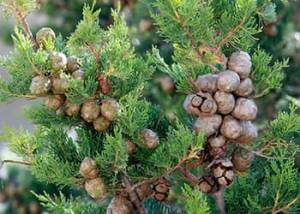 | 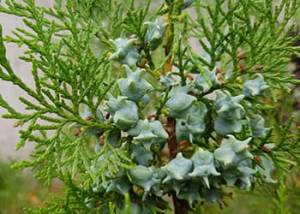 |
|
| Size | 5 to 10 ft | 40 to 70 ft | 30 to 60 ft |
| Leaves | Green; needle-like or scale-like; whorls | Dark blue-green; scale-like; whorls | Needled evergreen |
| Flowers | None | None | None |
| Fruits/Seeds | Globose; red to bluish-black; tiny seeds | Round; brown/copper; glossy; dry tiny seeds | Brown/copper cones |
| Stem | Reddish-brown; scaly and fibrous bark; multi-branching | Gray to gray-brown; thin and smooth bark | Single-trunked; gray to reddish-brown bark |
| Scent | Piney; bitter; fresh | Woody; earthy | Fresh; herbal |
Warnings And Cautions
Juniper is generally safe for most people in food amounts. When used medicinally, have precautions in the following group:
- Pregnant women
- Breastfeeding women
- Poor kidney function
- People taking other drugs and medications
- Blood pressure problems
- Intestinal disorders
- Scheduled for surgery
Juniper may also cause skin irritation, do a patch test on the skin before using juniper oil. It may interact with diabetic medications, diuretic drugs, and lithium.
Do not confuse juniper oil with cade oil, which is a different product distilled from Juniperus oxycedrus. Also, all junipers are considered toxic except for some varieties like Juniperus communis, which is safe to eat but only in small amounts.
Always consult your doctor before using juniper berries as a supplement.
10 Berries You Should Look For In The Woods
The Best Fruit Trees to Grow in 5 Gallon Buckets (Video)
How to Use Mulberry Medicinally

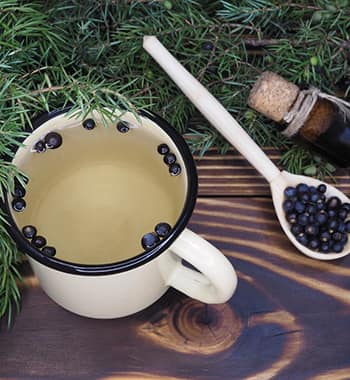
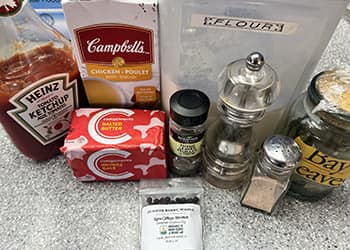
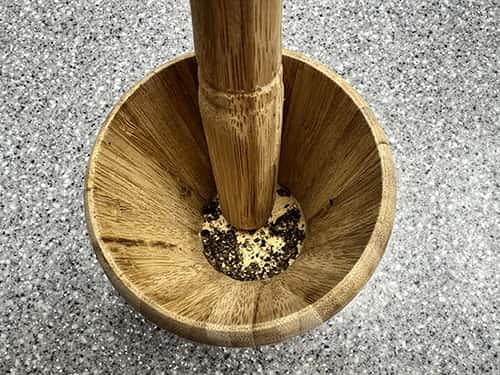
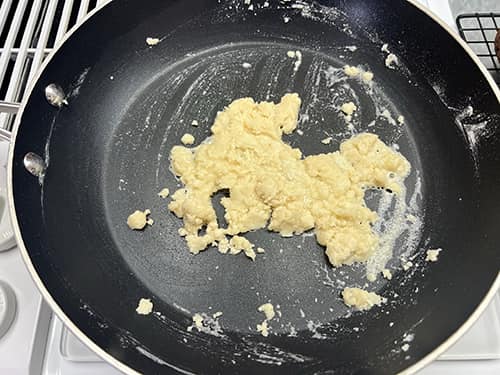
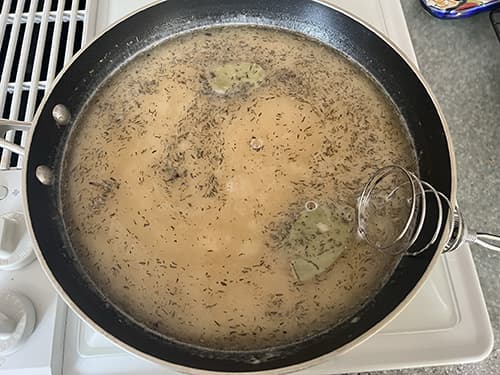
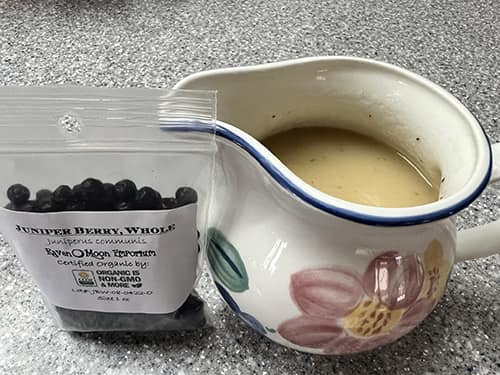

Do you tincture the berries using Everclear?
I have a batch in vodka that has been “brewing” for about a month. Looking forward to see what it’s like!
Hello Julie,
Thank you for your comment!
To make a tincture, we recommend working with an alcohol that is between 40-60% ABV to capture the widest range of both water soluble and alcohol soluble constituents (80-120 proof). The majority of vodka, brandy, rum, and gin fall within that range.
Many blessings and good health!
Can you use Apple cider V instead of alcohol?
I so enjoy leaning how to make and use more natural plants. I have made and used balms from several plants. I have only used Olive Oil. I do not use alcohol in my house but see many tinctures that use vodka Is there some thing else I can use? Thank you for your help
Food grade glycerin can be used instead of vodka
Hello Linda,
Thank you for your interest in herbal remedies.
For alcohol-free tinctures you can use food-grade vegetable glycerin or apple cider vinegar. You might find the article below helpful:
https://thelostherbs.com/how-to-make-a-tincture-using-apple-cider-vinegar-instead-of-alcohol/
Many blessings and good health!
I live in Southern Oregon and have access to several types of juniper. My question is how do I know if any of the bushes are poisonous? We have alot of varieties.
Thanks so much for any ideas or help.
I also live in S.O., and was wanting to know which are toxic?
Hello Caroline,
Thank you for your post.
To correctly identify a plant, you have to inspect the fruits and seeds/ flowers, leaves, and stem. This article provides a description of each part, to make sure you’ve got the right plant.
There are also some useful apps out there to help you identify plants but always double-check the result! Good ones to try include: Picture this, PlantNet and PlantSnap.
Many blessings and good health!
I didn’t see in the article what time of year it bears fruit.
Hello Brian,
Thank you for your question.
You can read more about this at “How To Harvest Juniper”.
During springtime, the juniper will grow its spherical cone which will take about 2 to 3 years to mature. Juniper berries are only useful when ripe and therefore harvested at the right time.
Ripe juniper berries have a deep purplish-blue color with a waxy appearance. Each plant will produce fruits with different maturity and do not ripen at once, so make sure to harvest only the ripe juniper.
Many blessings and good health!
do you ship to CANADA
Hello Ray,
Thank you for your interest in our books!
Yes, we do ship most of our books to Canada.
Please send us an email with the book you’re interested in and we will make sure to provide you with the appropriate purchase link.
Many blessings and good health!
How do you use this berry for Mental Health issues?
On November 19 of this year I went to a ER for a bad cold and sour throte
But they de sided they were going to test me for Covid, I tolled them I would not take there shot so I did not agree with them , they brought back a glass of water and a box of Covid pills, Said they were Gov , Issued. And the Doctor said , (ether you will get better or you will not, I refused to take them , But I would have to take 3 in the morning and 3 at night and they were vary large pills, 30 pills in 5days, .
I said i would have to think a bout that, I tolled them I had this be fore but all they wanted to do is stick then long sticks up my nose and I tooled your not putting them all the way up my nose, so they only went in a bout two inches , 15 minutes latter they come back and said (YOU HAVE COVID) and still tried to force me to take the pills, She even tried to stop me from walking out of the ER , But i pushed out of her way and drove a way, Went to the store and bought Blue barries , cranbarry _J cough vixs cough drops and order the CBD cummies and more vitamins, D-3 Gummy B-12, Ginger root Apple cider vinegar In four days I be gain to heal, The ER bill was 833,00 I have never been so humilated in my life , I tolled them to check me for Bronkites or strep therwt but all they could test for was Covid, That shot will kill 750million people around the world. Check out DR, Buttar.com and get the real facts, A man in Rockford ILL Got a buster and dropped dead 3 day later of a heart failure . Under lying condition s they do not check for , I am done with DOCTORS and ERS I stand with NICOLE APELIN , BIG PHFRMA can stick it I am done with them to. All the side effects from there man made DRUGS
We dried some Juniper berries and added them to the homemade sauerkraut. Now we just open a jar of sauerkraut add a little of the home canned Corned Beef and you have a mighty tasty meal.